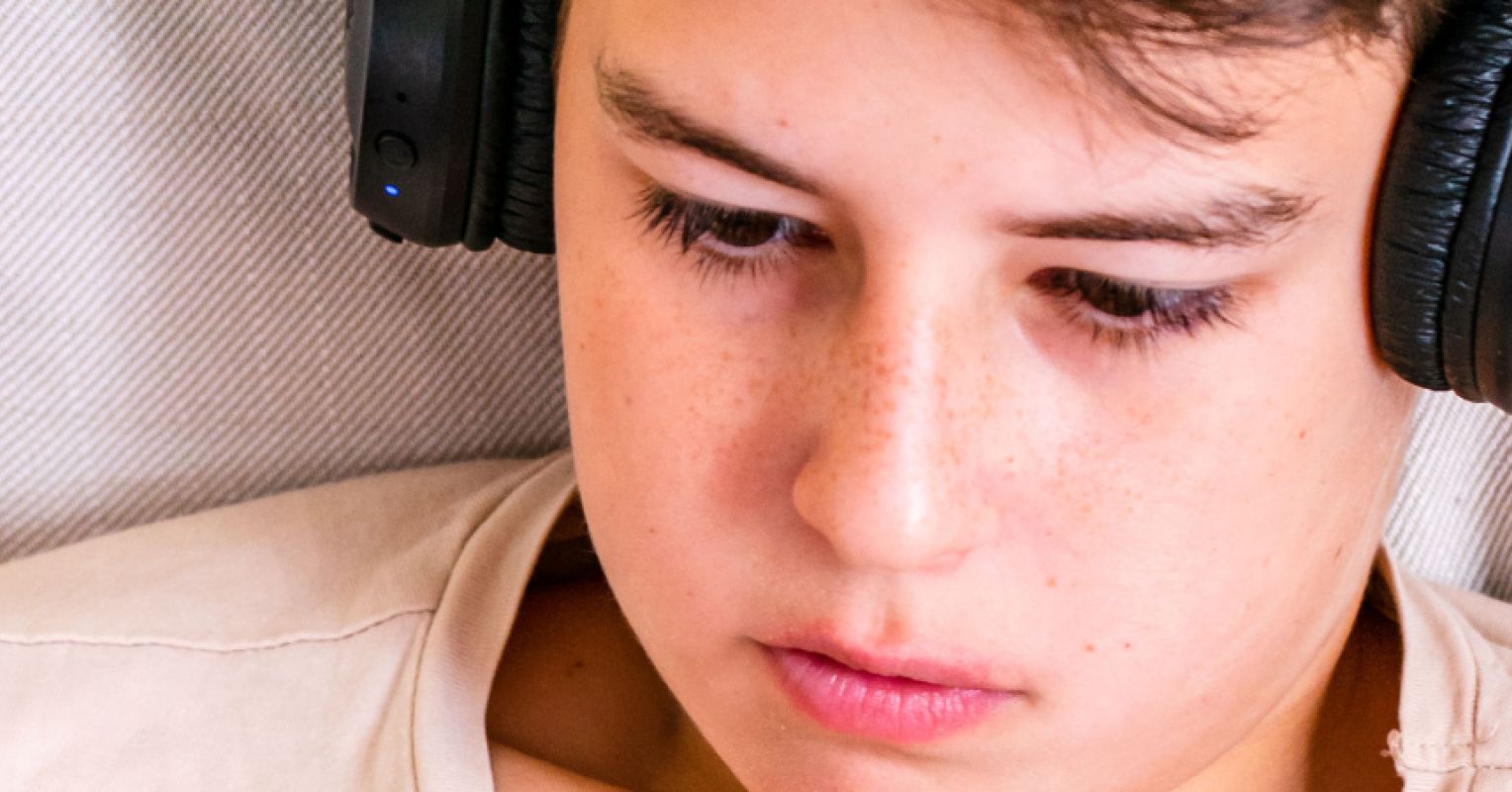970x125
The teenage brain is built to help young people explore the questions, “Who am I?” and “Where do belong?” Answering these questions isn’t a solitary endeavor. It’s a profoundly social one. As young people try out different versions of themselves, they watch how others respond, gathering information about what feels authentic and what doesn’t.
Today, many of those experiments and reflections unfold online, where algorithms and influencers play an outsized role in shaping the feedback loop. New data from Common Sense Media reminds us just how ubiquitous this messaging is in digital spaces. Their new report, Boys in the Digital Wild: Online Culture, Identity, & Well-Being, surveyed a nationally representative sample of boys ages 11 to 17 across the U.S. Here’s a snapshot of what they found:
- “Digital Masculinity” content is common. Nearly three-quarters of teen boys regularly access masculinity-related content online, and nearly one in four experience high exposure. The most common messages revolve around making money, building muscle, and fighting or weapons.
- Gender stereotypes are alive and well. Over two-thirds of teen boys regularly see content that promotes problematic stereotypes (for example, that girls use their looks to get what they want).
- Emotional suppression is linked to exposure. Boys with high exposure to digital masculinity content are nearly four times more likely to believe that sharing worries makes them look weak. They are also more likely to avoid talking about emotions altogether.
- High exposure is linked to distress. Most boys report healthy self-esteem, but those with high exposure to digital masculinity content are more likely to have low self-esteem and to report feeling lonely.
- “Unwritten rules” create pressure. Nearly half of boys believe that they must not cry or show emotions like sadness or fear. Other rules include not acting “gay” or “feminine” and using humor instead of being serious when facing problems.
- Body ideals flood their feeds. Boys highly exposed to digital masculinity content are more than four times as likely to say social media makes them feel that they should change how they look.
- Gaming is an important space of connection and belonging…and problematic behaviors. More than half of boys report that gaming makes them feel like they belong. Yet boys also regularly observe problematic behaviors like bullying, harassment, racist and homophobic comments, and disrespectful language about women.
Education by Algorithm
Influencers who equate manhood with toughness, emotional independence, and competition can capture boys’ attention at a moment when they are learning how to handle more intense emotions and are most eager for belonging and guidance. When more extreme content is amplified by recommendation systems designed to maximize engagement, it can drown out healthier models of what it means to be a boy or a man.
Some boys certainly seek out digital masculinity content online. But for most young men though, content about jawlines, abs, and toughness pops up whether they look for it or not. A whopping two-thirds of teen boys say it just started showing up in their feeds, and another 26% say their friends shared it with them. TikTok, YouTube, and Instagram are the most commonly mentioned platforms for this type of content.
A Mixed Bag With High Stakes
That’s not to say that there isn’t value to online spaces during adolescence. This report reminds us that many boys find real connection and a much-needed sense of belonging in gaming spaces. Young men also follow creators who offer positive and helpful guidance. Yet research suggests it may be hard to stay on the healthy side of the internet when it comes to masculinity content. Many boys start out watching content about confidence or fitness and gradually encounter more problematic messages over time.
It’s worth paying close attention to these trends. Socialized to be self-reliant and strong, boys are less likely to seek help when they are in distress. In 2018, the American Psychological Association issued ten new practice guidelines for working with boys and men in response to the harmful effects of “traditional masculinity ideology” on well-being. Research also links rigid and narrow gender norms to greater tolerance of dating and gender-based violence in early adulthood.
What Can We Do? Connect
The most important tool in our toolkit isn’t a new monitoring app or cutting off the internet—it’s connection. As the report notes, “Boys with robust real-world connections show markedly better outcomes across multiple measures, demonstrating the irreplaceable value of authentic relationships.” Let’s not leave connection up to the algorithms:
Ask Curious Questions
Resist the urge to dismiss online influencers or deliver lectures. Instead, ask what young people are seeing, hearing, and doing online. Try questions like:
- “What’s the best advice you’ve gotten online?”
- “What’s the worst?”
- “How do you decide who to follow – and what do you like most about them?”
Tackle Tough Topics
In their new book Talk to Your Boys, authors Joanna Schroeder and Christopher Pepper push back on the idea that boys “don’t want to talk.” During adolescence, we may need to work harder to create the conditions for conversation, but silence doesn’t mean disinterest.
Nurture Algorithmic Literacy
Algorithmic literacy isn’t optional anymore; it’s essential. Ask questions like, “Why do you think certain videos show up on your ‘For You’ page?” or “How does this platform make money?” Brainstorm ways to curate feeds, take digital breaks, and change settings to reflect real interests and values.
Model Broader Possibilities
This report reminds us that even when our kids seem absorbed in their devices, they’re still watching us for cues. They notice the emotional range of the men in their lives. They pick up on the spoken and unspoken rules about which feelings are welcome and which aren’t. They look to us for models of success, fulfillment, and self-esteem. And when we’re brave enough to show a wider set of possibilities, we expand who all of us can become.



